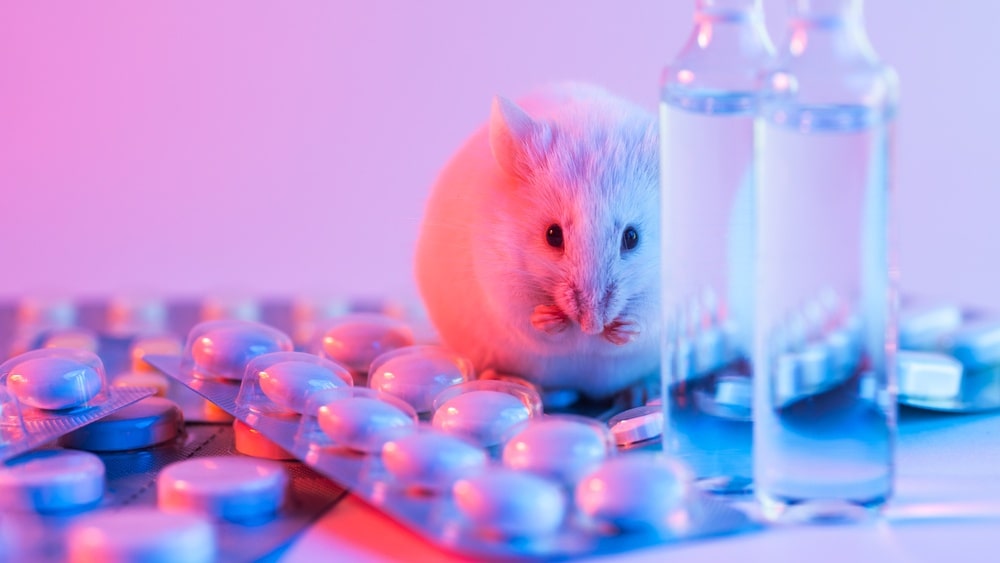The main goals of preclinical evaluation studies are to determine the safe dose for a first-in-man study and assess a product’s safety profile. On average, only one in 5,000 compounds that enter drug discovery to the stage of clinical development becomes an approved drug.
Each class of product may undergo different types of pre-clinical research. Drugs may undergo pharmacodynamic (PD), pharmacokinetic (PK), and toxicological testing. This data allows researchers to estimate a safe starting dose of the drug for clinical trials in humans. While performing pre-clinical studies, Good Laboratory Practices (GLPs) are followed. Typically, both in-vitro and in-vivo tests are performed. Studies of a drug’s toxicities include which organs are targeted by the drug. Three special types of toxicities are performed: they are carcinogenicity (tests for evaluating the potential to cause cancer), mutagenicity (tests for evaluating mutagenic potential), and teratogenicity (tests for evaluating potential damage to the fetus during pregnancy of the mother).
Animal Testing
Information collected from preclinical evaluation studies is vital for safe human testing. Typically, animal testing involves at least two species. The choice of species is based on animals which will give the best correlation to human trials. Usually, murine animals like mice/rats and canine animals like dogs are used for testing. In addition, primates like monkeys or porcine animals like pigs may be used for pre-clinical testing. Differences in the gut, enzyme activity, circulatory system, or other considerations based on dosage form, site of activity, or noxious metabolites help in the selection of animal species. Canines like a dog are good models for the oral dosage form. Regulatory guidelines like those from USFDA, EMA, and other international and regional regulatory authorities require safety testing in at least two mammalian species like a rabbit, including a non-rodent species, prior to human trials authorization.
Animal testing also needs ethical considerations. The Constitution of the animal ethics committee and approval of test protocol by the animal ethics committee is necessary. In India, clearance from the Committee for the Purpose of Control and Supervision on Experiments on Animals (CPCSEA) has provided elaborate guidelines on the handling of animals, animal care, physical facilities in the animal house, food, water for animals, sanitation, and cleanliness, and waste disposal. It is suggested that standard operating procedures (SOPs) for methods adopted for animal husbandry, maintenance, breeding, animal house microbial analysis, and experimental records need to be maintained.
Make sure you also check our other amazing Article on: Dose-Response Relationship
